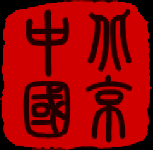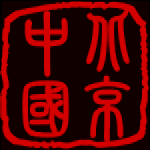|
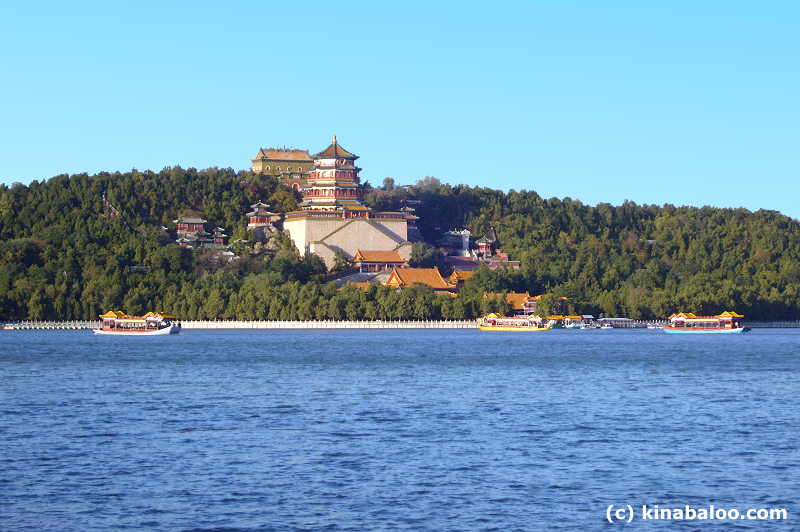
History of the Summer Palace
颐和园的历史
The Summer Palace has a history of over 850 years - an imperial garden has existed here since 1150.
Early in the Jin Dynasty (1115-1234), an imperial palace named 'Golden Hill Palace' was built on the present site of the Summer Palace.
自从1150年开始颐和园作为一个皇家园林已有850年的历史了。
早在金王朝(1115-1234)时期,颐和园的前身是一个名为“金山宫殿”的皇家园林。
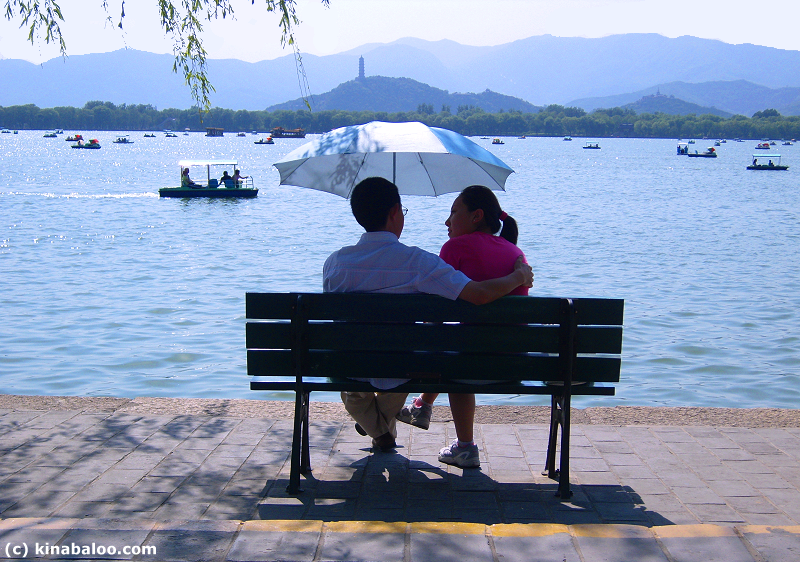
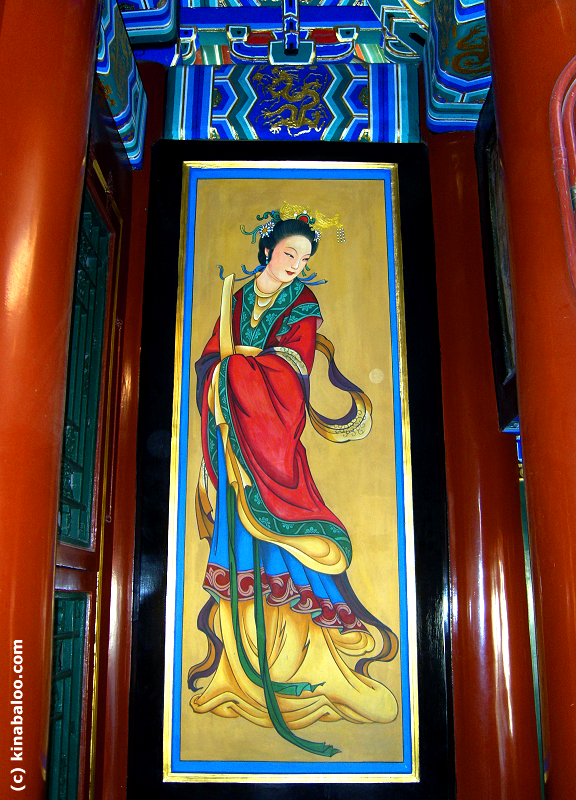
The history of the gardens at the New Summer Palace dates back to the Mongol Emperor Kublai Khan. To improve Beijing's water supply, he ordered the construction of canals transporting water from the Western Hills to an enlarged lake, now known as the Summer Palace's Kunming Lake. This lake was to serve as a reservoir for Beijing - a function that it still performs today.
In 1750, the 15th year of his reign, Emperor Qian Long of the Qing dynasty built the 'Garden of Clear Ripples' here and renamed the hill 'Longevity Hill' to celebrate his mother's birthday at a cost of 4.48 million taels of silver. Artisans reproduced the garden architecture styles of various palaces in China. Kunming Lake was enlarged in order to imitate the West Lake in Hangzhou.
这个新颐和园的修建要追溯到元世祖忽必烈,他为了改进北京的供水系统,修建了运河把西山的水引到现在的昆明湖,并把它扩建成为一个蓄水池。直到现在它仍然履行着它的职能。
在1750年,清朝乾隆皇帝在他执政的第十五年,为其母祝寿开始修建这个皇家园林取名为“清漪园”,更山名为“万寿山”共耗资448万两白银。工匠们仿制中国各处不同的建筑风格集于一体。为了效仿杭州的西湖,昆明湖被再次扩建。
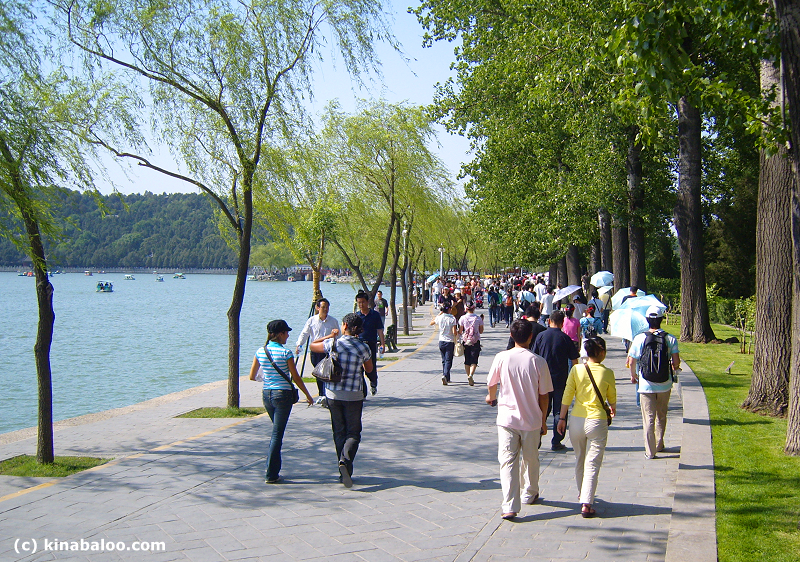
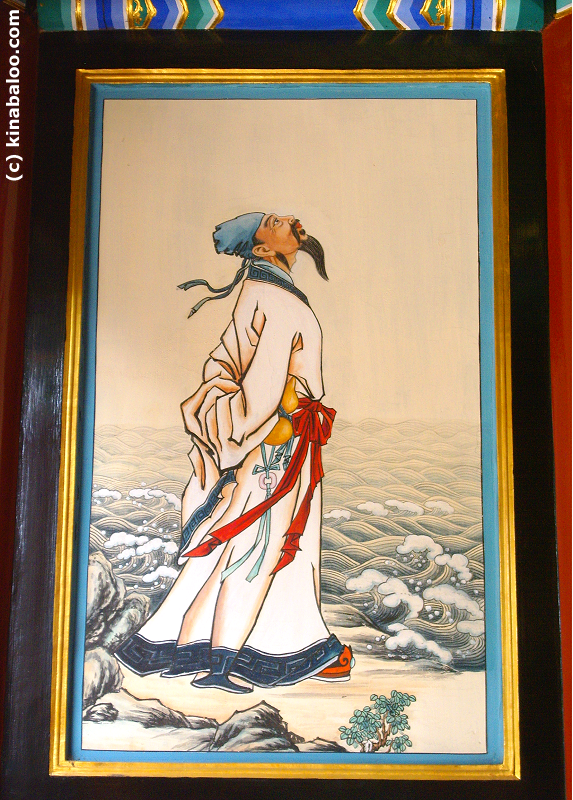
In 1860, the Anglo-French Allied Forces invaded Beijing and set fire to many of the buildings within the garden.
In 1886, Dowager Empress CiXi, with 30 million taels of silver embezzled from the Imperial Navy (BeiYang Fleet), restored the grand garden. The reconstruction and enlargement lasted for ten years and after completion she renamed it 'YiHeYuan' - 'Garden of Peace and Harmony' (or 'Garden of Nurtured Harmony' or 'Garden of Good Health and Harmony').
It is said that in an effort to curry favour with the Dowager Empress Cixi, her brother in law, after being appointed head of the navy, used money earmarked for new warships to build her a New Summer Palace. The Empress Dowager was thrilled by her present. The Chinese navy, on the other hand, was routed by a smaller Japanese fleet in the Sino-Japanese war of 1895.
在1860年,英法盟军侵略北京并纵火烧毁了很多院内的建筑物。
1886年,慈禧从挪用北洋舰队的海军经费重新扩建,前后持续十年之久耗资3千万两白银,之后她更名为颐和园,意为“颐养和谐之园”。
据说她的内弟在被任命为海军总理后,为了拍慈禧的马屁,不惜挪用刚刚筹集来的为了建设海军装备的钱,为慈禧的60大寿修建她的新颐和园。慈禧非常兴奋她的生日礼物。但在另一方面,1895年中国北洋舰队在中日战争中被小小的日本打败,以致全军覆没。
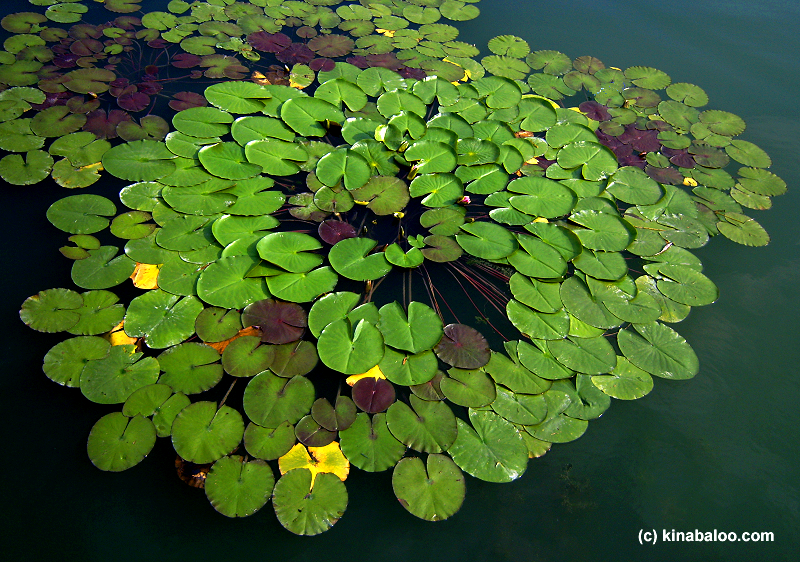
The Empress Dowager, who abhorred all challenges to her position, moved her administration to the new Summer Palace in 1889. Tales of her excesses are legion: the kitchens comprised of eight courtyards, there were 128 eunuch cooks employed in her palace, five million silver taels were spent on her sixtieth birthday party, etc. And certainly when you consider that all 290 hectares of the summer palace were for the Dowager's exclusive use, you begin to see how the 'New Summer Palace' came to symbolise the decadence of a royal dynasty.
慈禧痛恨所有挑战到她的人,1889年她带着她的行政管理所搬到新颐和园。在这里继续她的“垂帘听政”并度过了她的剩余时间。在她的宫殿里御膳厨房共有八个庭院,128个太监为她烹饪,光在她的六十大寿上共花去白银5百万两,等等。当你想到这290公顷的颐和园仅仅是这一个女人的行宫时,你会怎样看这个“新颐和园”,它正象征了一个皇家朝代的衰败。
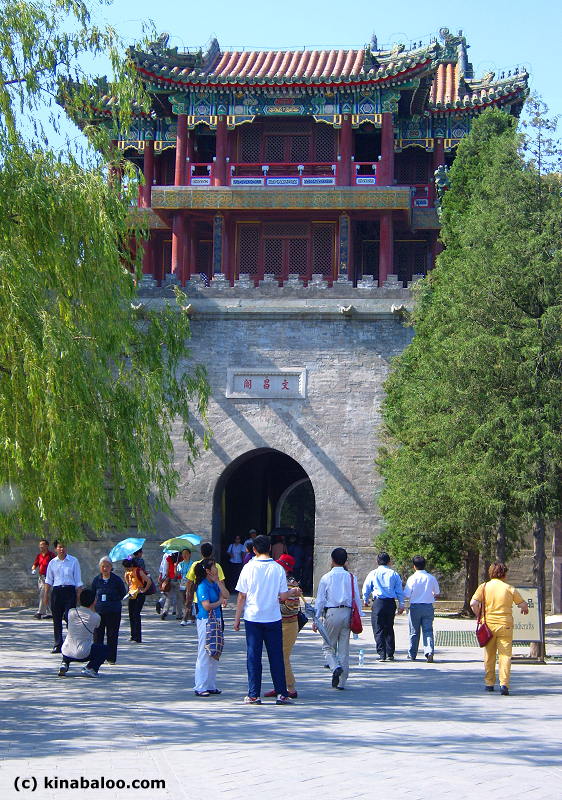
The Summer Palace is sometimes referred to as 'The New Summer Palace'. This draws the question - what happened to the old one? This was demolished in 1860 by Anglo-French forces. And as if once were not enough, the eight allied powers returned in 1900 during the Boxer Rebellion to plunder and destroy the newly reconstructed New Summer Palace. This time, nearly all big temples and halls at the back of the Longevity Hill were destroyed and only one survived. Only when the fugitive Cixi returned to Beijing in 1903, did full-scale restoration begin. In this way the Summer Palaces - new and old - are also associated in popular culture with the destructive interference of foreigners.
说到颐和园有时指“新颐和园”,这牵扯出一个问题—那么老的怎么了?它在1860年被英法联军野蛮焚毁,但好像一次还不过瘾,1900年八国联军又重返这里抢劫和毁坏这个近乎于刚刚修好的颐和园。这次几乎所有大的寺庙和长廊都被毁坏了,只有一个幸免于难。直到1903年逃亡的慈禧再次回到北京,开始了全面的修复。至此新老结合的颐和园也关系到通俗的文化就是外国人的破坏性干扰。
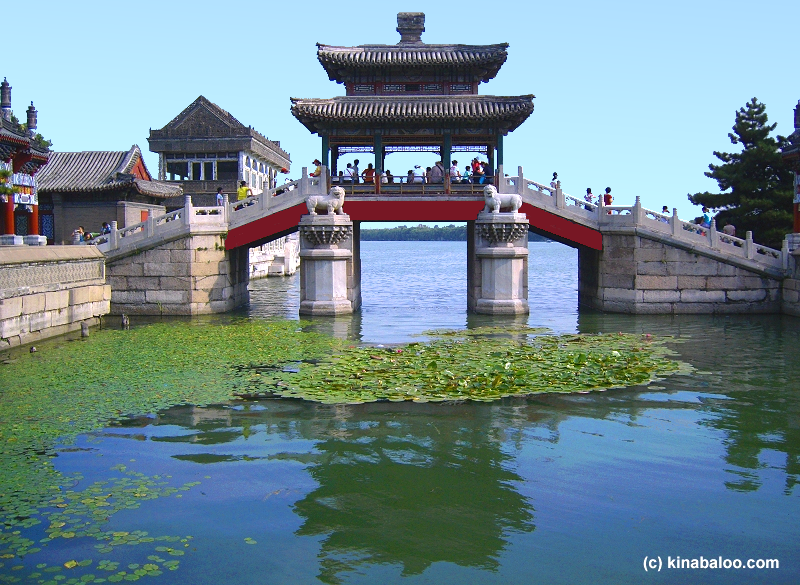
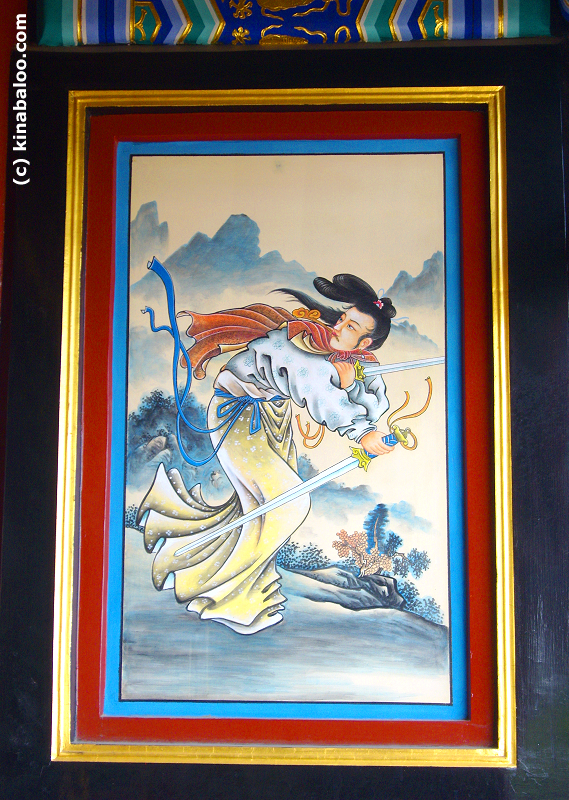
The Summer Palace of today is more or less the same as the palace rebuilt in 1903. After the success of the 1911 Revolution, it was opened to the public. Then, after the last Qing Emperor PuYi was thrown out of the Palaces in 1924, this garden was turned into a park. At first, the admission charge was very high so normal people still had no chance to view the magnificent royal garden. Today, however, most people can afford the entrance ticket.
This old imperial garden is now an ideal place for Beijing locals to visit and relax, together with both domestic and international tourists. In 1960 it was designated by the State Council as a Key Cultural Relics Protection Site of China.
今天我们所看到的颐和园是在1903重建的。在1911年革命成功后,它被开放于公众。然后在1924年清朝的最后一个皇帝溥仪被驱赶出宫殿后,就把这个庭院变成一个公园。起初,门票非常贵,普通的人仍然没机会观看壮观的皇家庭院。然而,今天我们多数人都能买的起门票了。
这个古老的皇家庭院对于北京当局来说是一个完美的地方供国内外的游客们游览放松。在1960年它由国务院选定成为国家关键文化遗产保护站点。
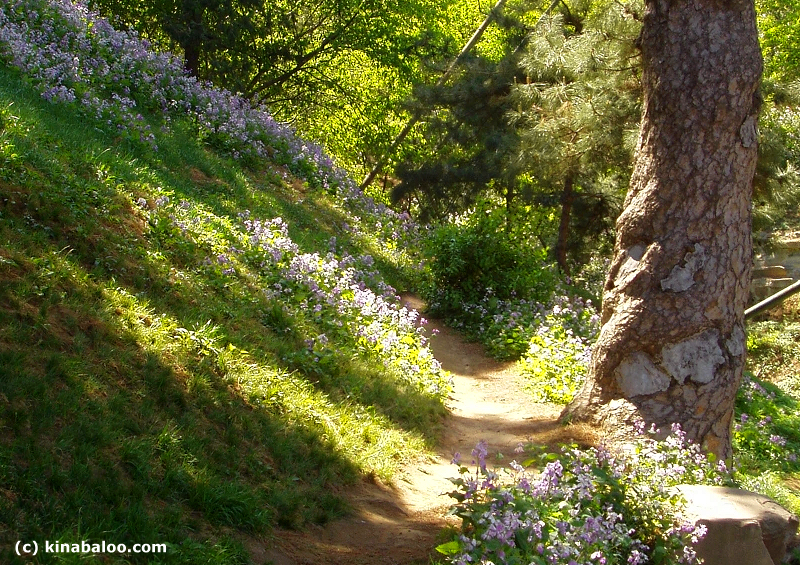
The Summer Palace was designated a world heritage site in 1990 by UNESCO. Their website states that "the natural landscape of hills and open water is combined with artificial features such as pavilions, halls, palaces, temples and bridges to form a harmonious ensemble of outstanding aesthetic value". In December 1998, UNESCO included the Summer Palace on its World Heritage List. It declared the Summer Palace an "outstanding expression of the creative art of Chinese landscape garden design, incorporating the works of humankind and nature in a harmonious whole".
1990年被世界科教文组织选定为世界遗产站点。在他们的网站上这样阐述:“这天然景观的山和广阔的水被人造的景物有机的结合在一起,例如亭阁、长廊、宫殿、寺庙和桥梁,所有的景色全部和谐的结合在一起,各处无不凸显着美学的价值。”1998年12月,世界科教文组织把颐和园列入世界遗产清单。它公告着颐和园是一个“显著表达着中国园林设计的创造艺术性,并混合着人类的创造和自然完美和谐的融为一体”。
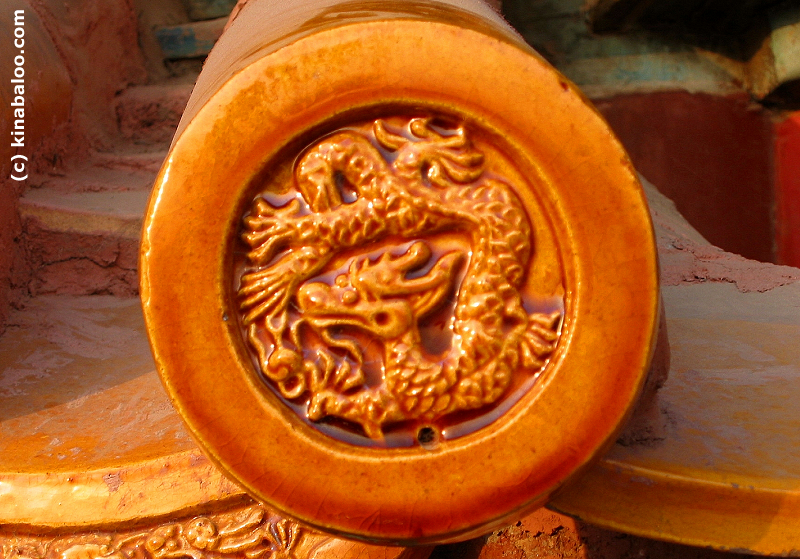
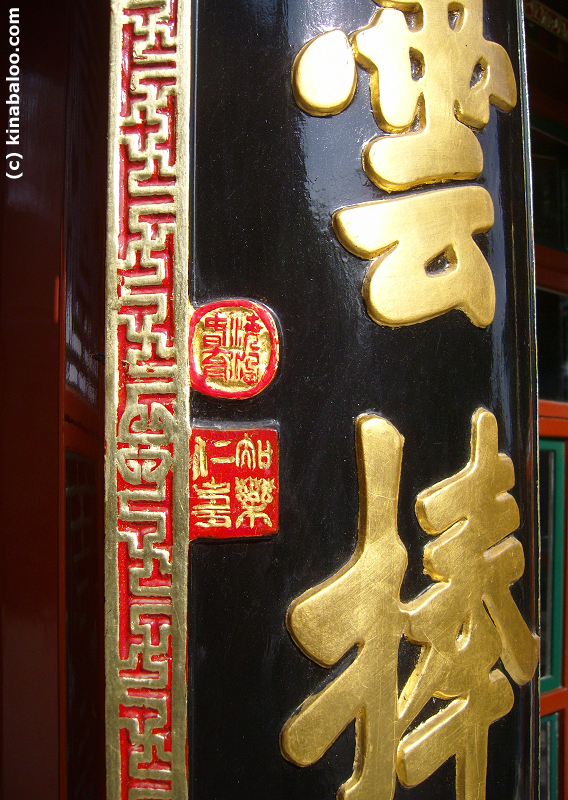
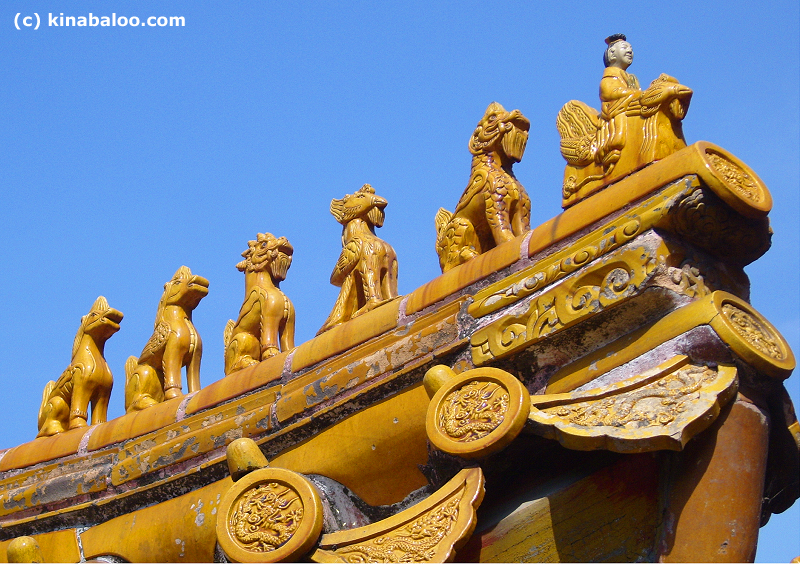
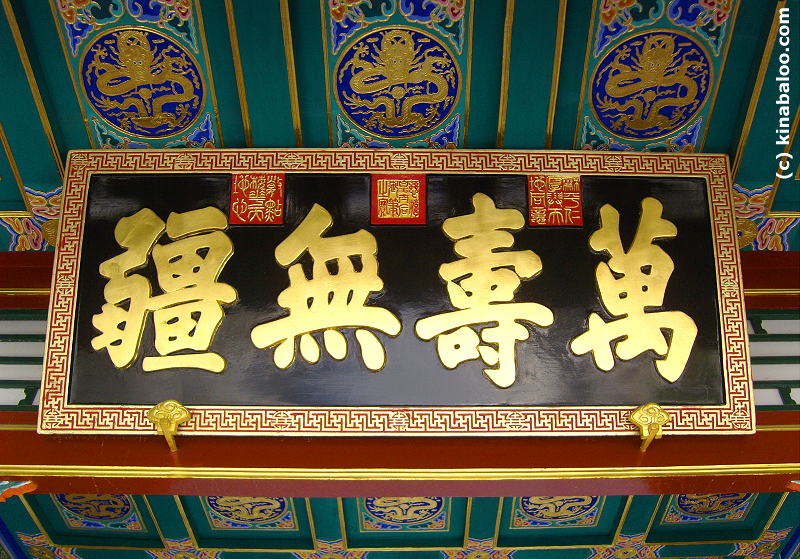
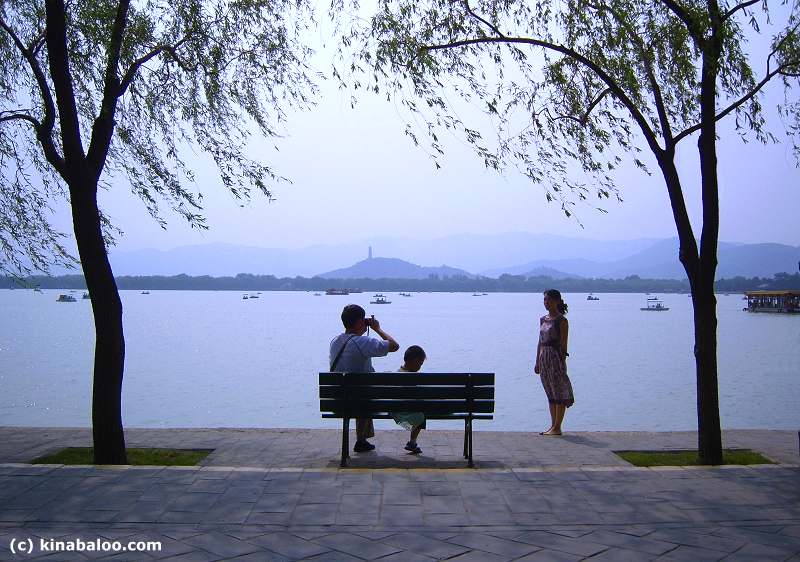
|
